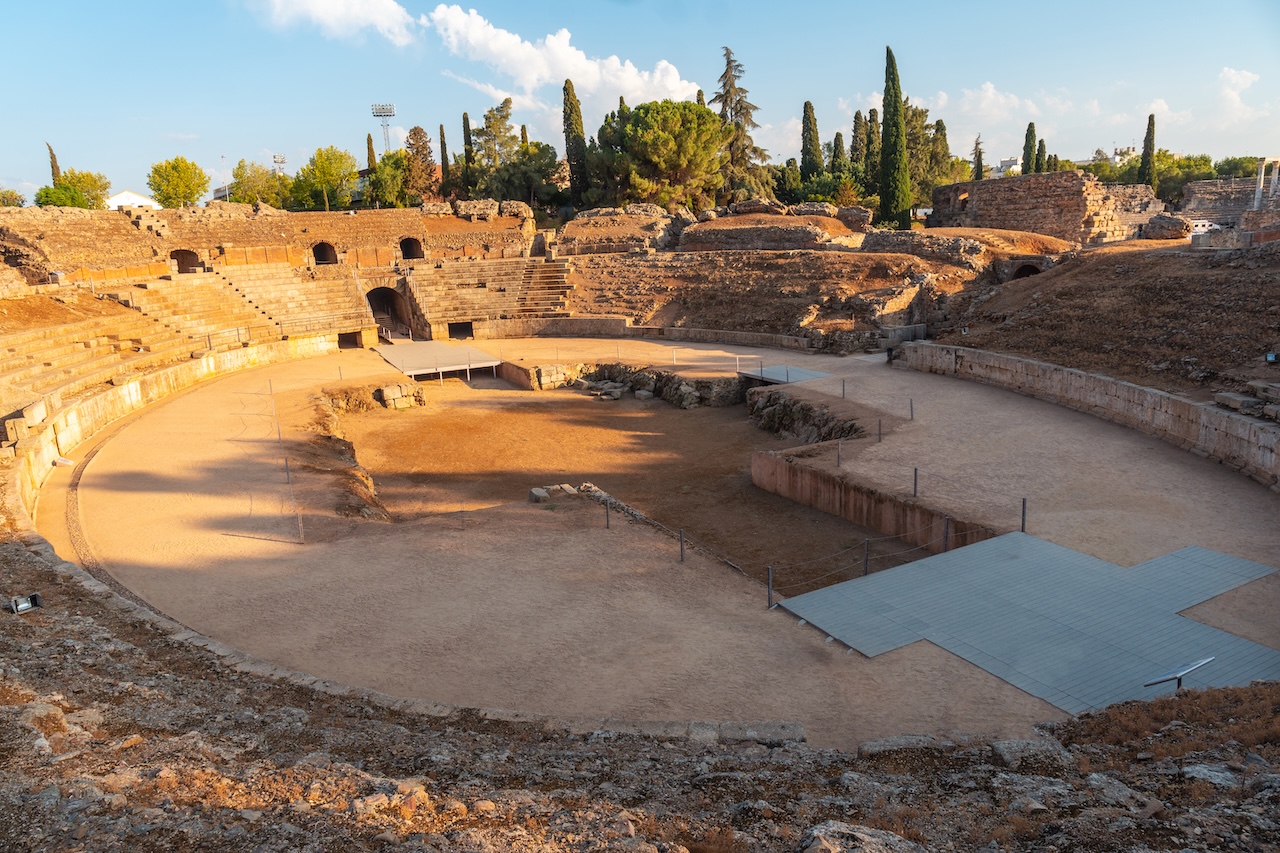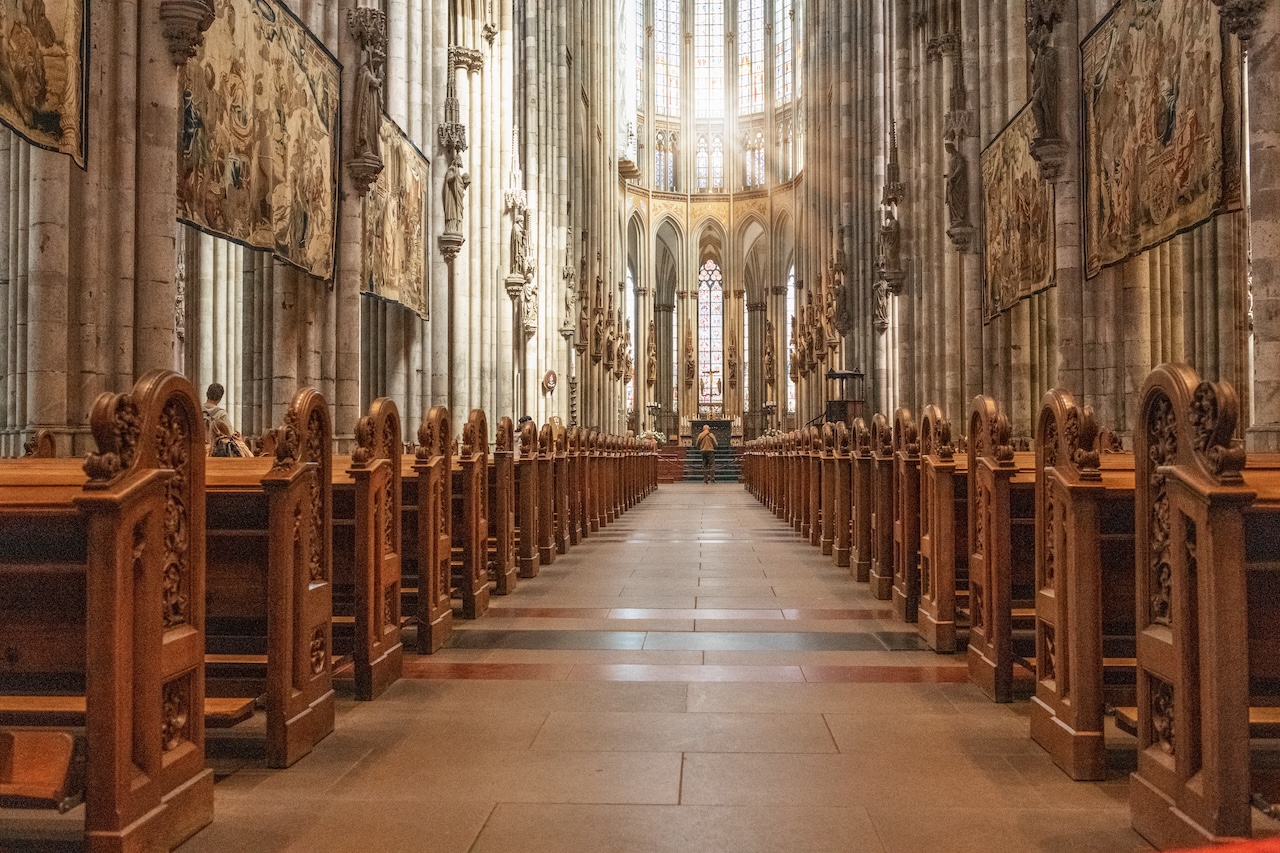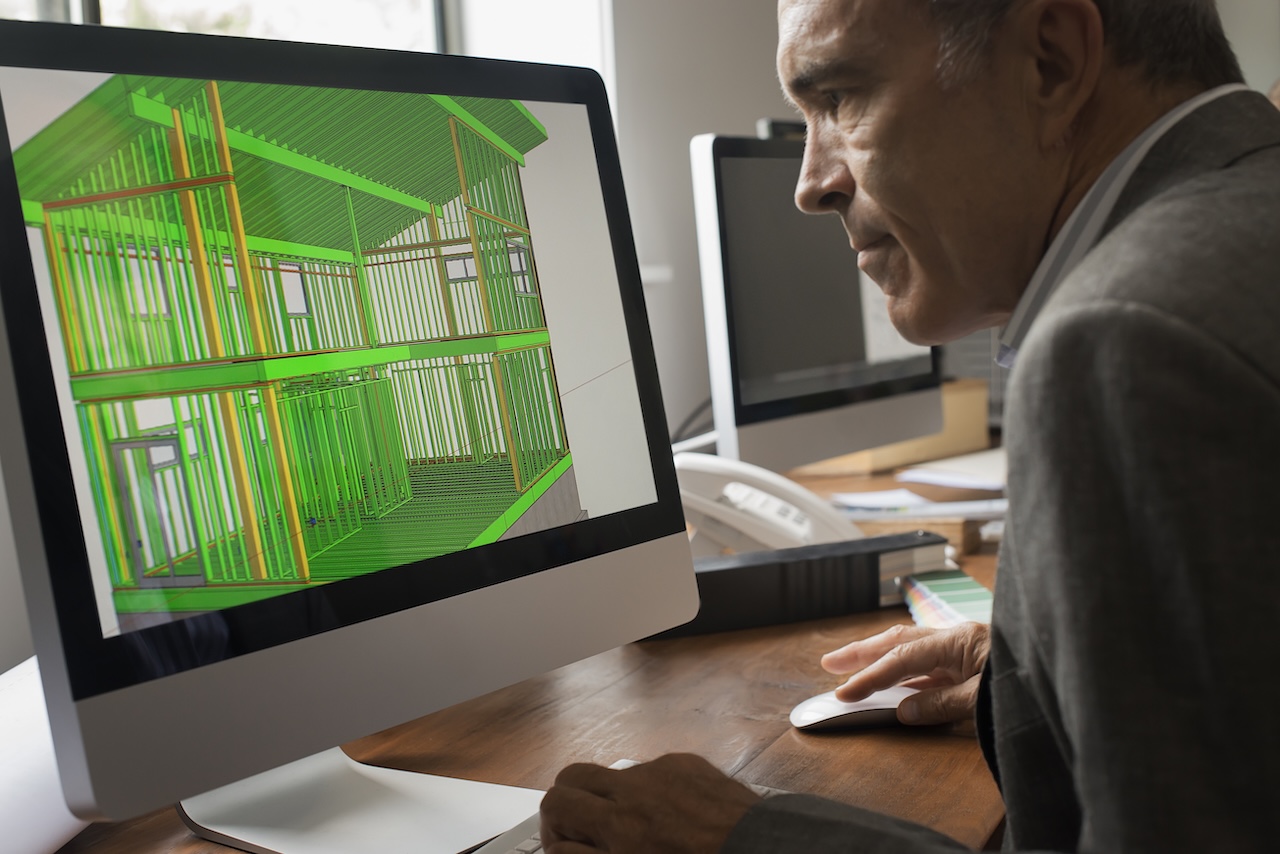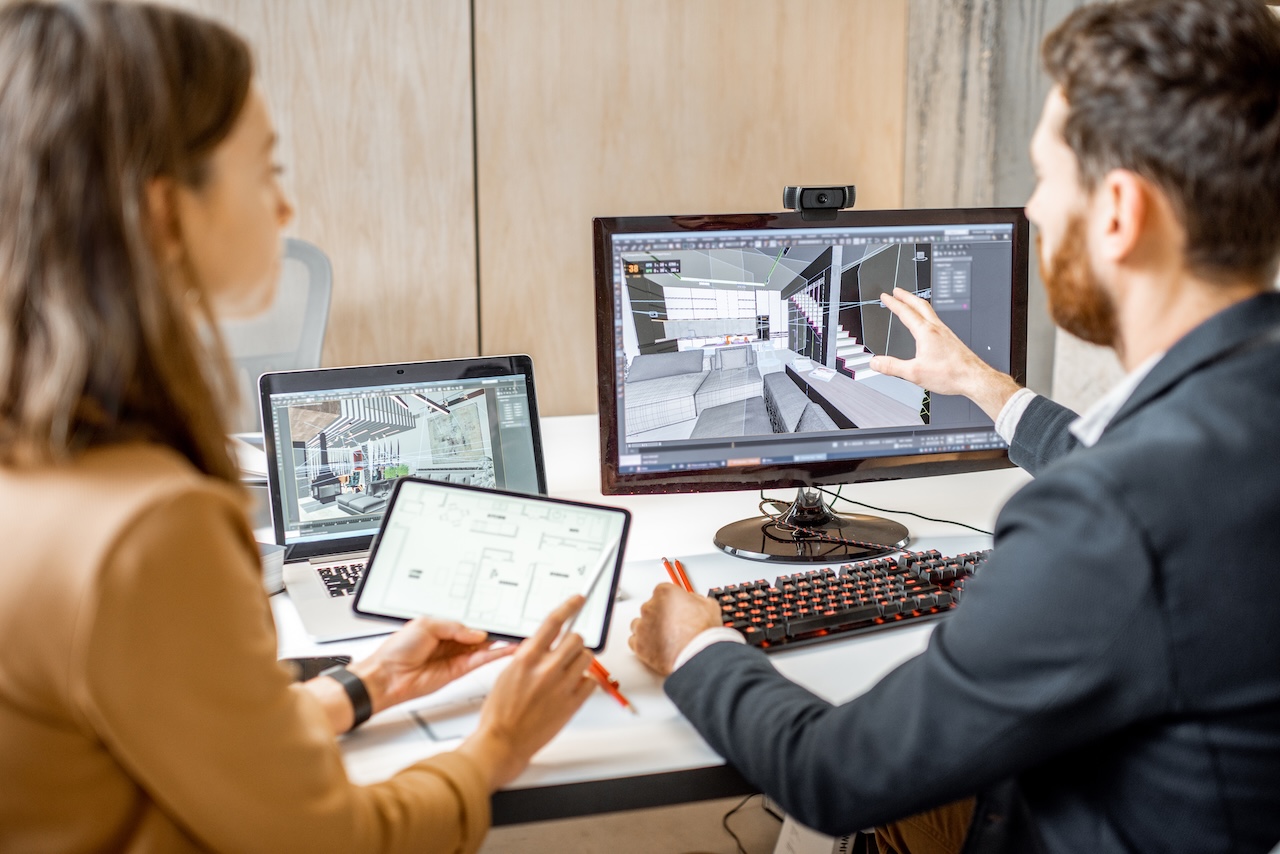A journey through time: from primitive structures to global collaboration and intelligent design.

Architecture as Survival: The Origins
Architecture began as a response to basic human needs: protection from the elements, storage, and safety. Early structures (huts, tents, caves) were built with available natural materials and simple techniques. These first architectural efforts were entirely local, shaped by geography, climate, and community knowledge. But even then, architecture reflected more than utility. It carried meaning, symbolism, and social structure.
Monumentality and Culture: Ancient Civilizations
As societies grew, so did their buildings. The pyramids of Egypt, Greek temples, Roman amphitheaters were feats of engineering, but also of identity. Architecture became a tool of power, religion, and cultural expression. Cities were designed to reflect hierarchy and control. This was the era of monumental architecture where design was physical, symbolic, and deeply human.


The Age of the Master Builder
In the medieval and early modern periods, architecture was largely in the hands of master builders and craftsmen. Design and construction were deeply intertwined. Blueprints were rare; buildings were guided by tradition, scale models, and experience. Structures like cathedrals or Renaissance palaces were built over generations and are testaments to patience, labor, and artistic ambition.
Industrialization and the Rise of the Architect
The 19th and 20th centuries brought massive shifts: steel, concrete, elevators, prefabrication. Cities grew vertically. Infrastructure (bridges, railways, factories) reshaped entire landscapes.
This was also the birth of the architect as a profession, distinct from the builder. Architecture became a discipline with academic training, regulation, and global styles, from Bauhaus to Brutalism.


The Digital Turn: CAD, BIM, and Virtual Modeling
The late 20th century introduced tools like AutoCAD, transforming how architects worked. Drawing became faster, more accurate, and more collaborative. Soon came 3D modeling, parametric design, and BIM (Building Information Modeling) turning buildings into data-rich models. Architects could simulate structures, track materials, and optimize performance, all before laying a single brick. Design became not only visual, but informational
AI, Sustainability, and the Future
Architecture is entering a new phase shaped by artificial intelligence, generative design, and an urgent focus on sustainability. Designers are already using AI to simulate building performance, generate adaptive layouts, and optimize energy use long before construction begins.
Smart buildings are becoming the norm, interacting with infrastructure and collecting real-time data. As cities evolve into intelligent ecosystems, architects must think beyond buildings, they design systems that respond to both human behavior and environmental impact. In this future, architecture is no longer just a matter of aesthetics and function. It’s about data, systems, and resilience and it requires collaboration across disciplines, tools, and cultures.


Global Teams and Outsourcing
To meet the increasing complexity of contemporary architectural practice, firms are adopting global collaboration and strategic outsourcing as integral components of their workflows. With cloud-based platforms such as Revit, BIM 360, and Rhino enabling real-time cooperation across borders, access to international talent has never been more seamless. Outsourcing today is no longer solely a matter of cost efficiency, it is a means of enhancing operational flexibility, accessing specialized expertise, and accelerating project delivery. Through effective partnerships with external teams, architectural offices can maintain focus on core competencies such as conceptual development, client engagement, and design leadership.
In this globalized context, architecture has evolved into a distributed process, conceived in one region, developed in another, and ultimately realized on a global stage. notfaroff offers the ideal outsourcing solution for firms seeking reliability, technical excellence, and seamless integration into their design processes.
Contact